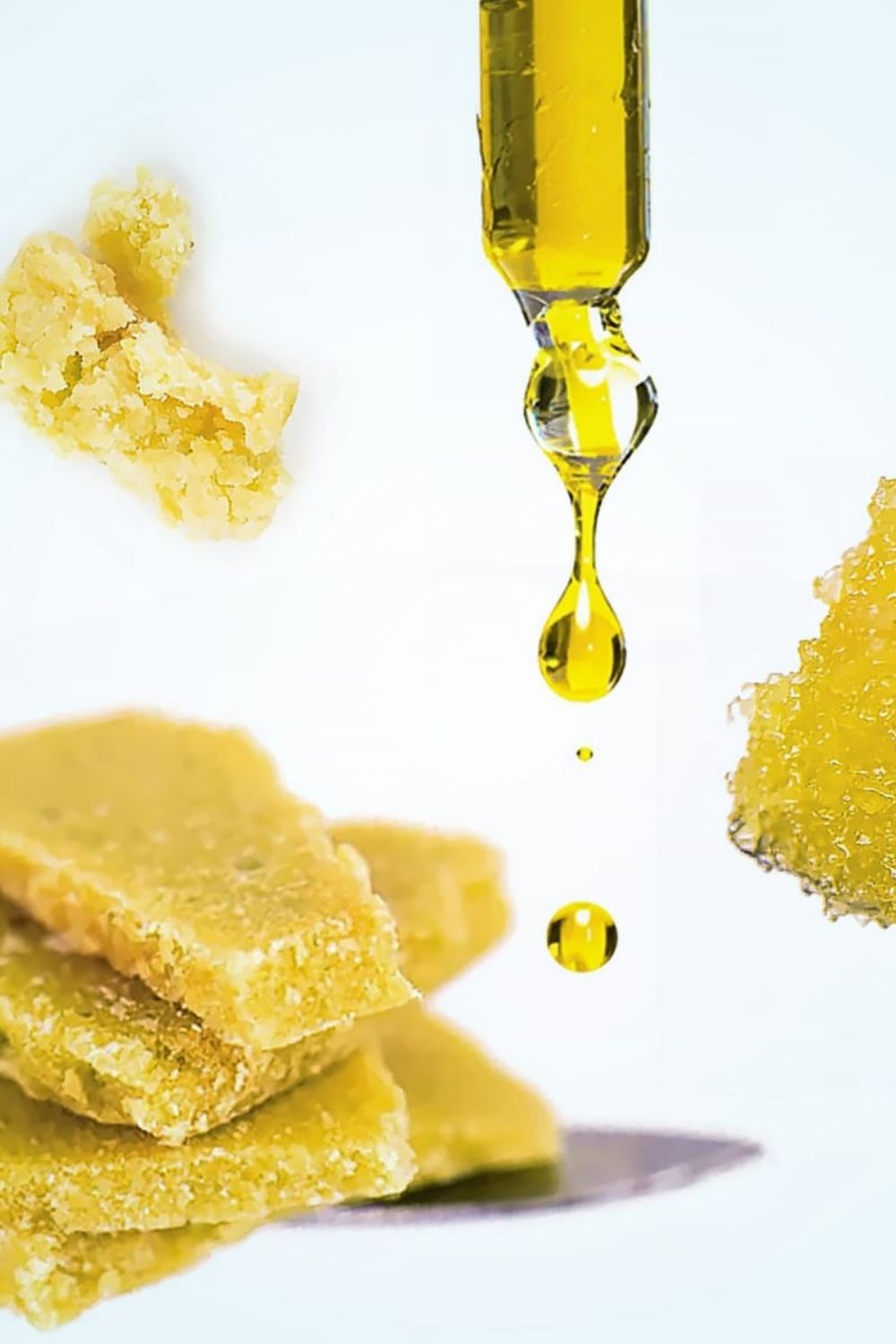Requiring intense heat and a lot of moisture, cane grows only in tropical and subtropical climates. It can grow as high as 19 feet tall and as thick as an inch and a half in diameter. Its thickness can make it difficult to harvest.
Cane is harvested by hand or by machine and then stripped of its leaves. The cane is crushed or mashed to extract its juice. The juice is then boiled, up to three times, to concentrate and crystallize the sugar.
Revenge of the Sugar Beet
Sugarcane, it turns out, is not the only source of refined sugar. During the Napoleonic Wars in the early 1800s, Britain imposed a blockade of France, and this blockade prevented the import of sugarcane from the Caribbean. As a result, French scientists devised a method for the industrial extraction of refined sugar from sugar beets, which—unlike sugarcane—could be grown throughout France and central Europe.
This, however, left the sugarcane industry in Martinique and other French West Indies colonies with a quandary: its chief market for refined sugar had suddenly dried up. The plunge in sugar prices drove many producers into bankruptcy; sugar production declined, and less molasses was available for rum production. Distilleries in those islands turned instead to freshly crushed sugarcane juice. The product that resulted came to be known as “agricultural rum”—or rhum agricole.





